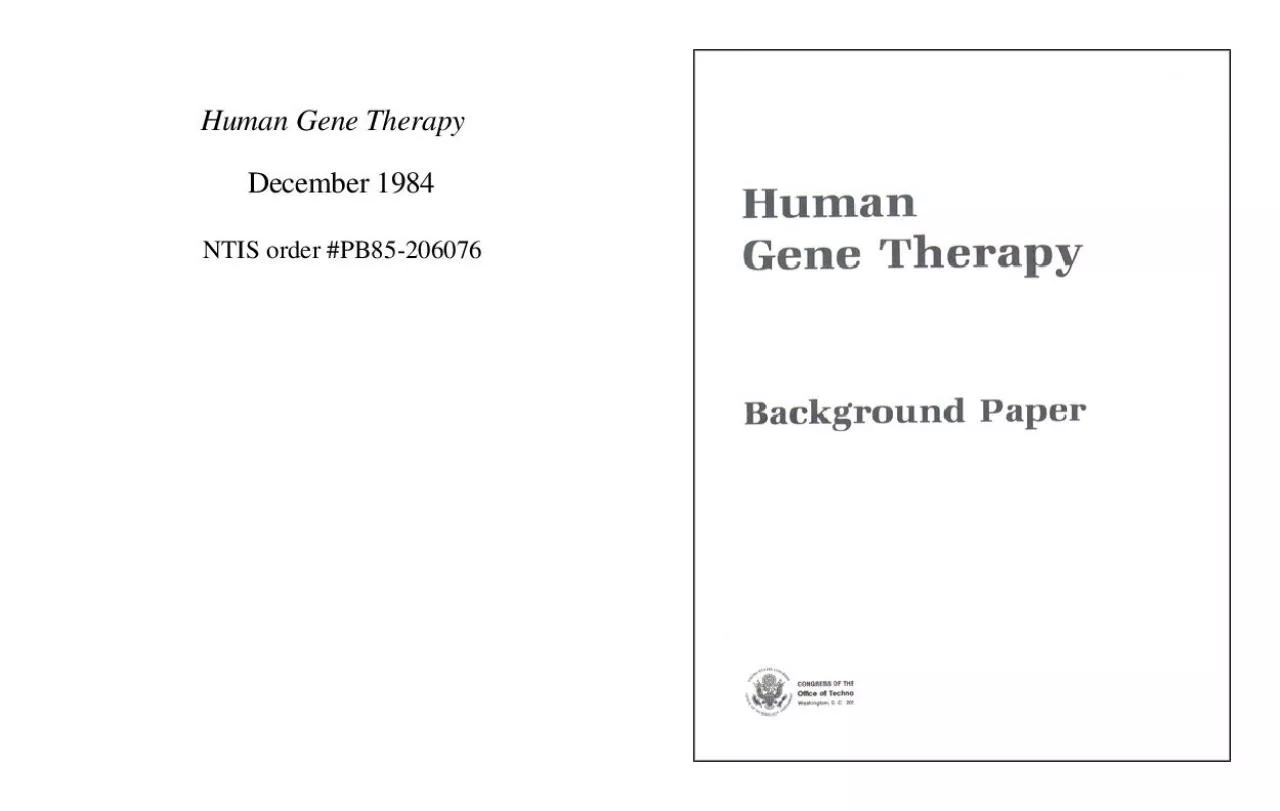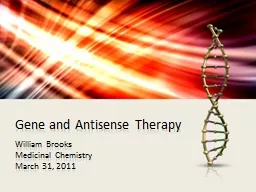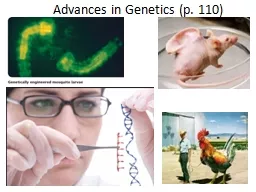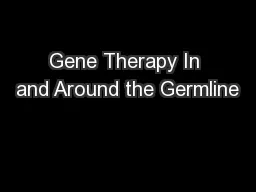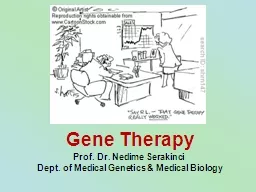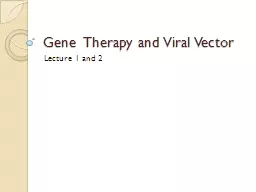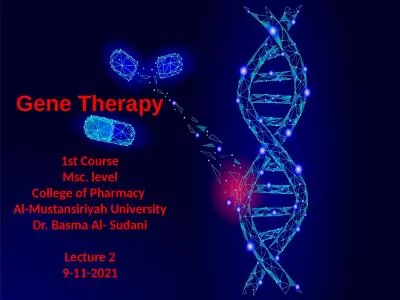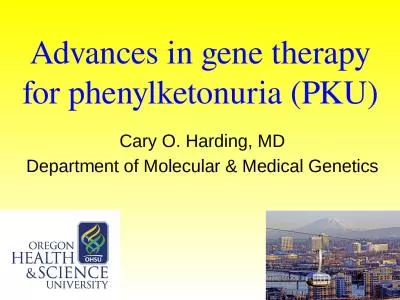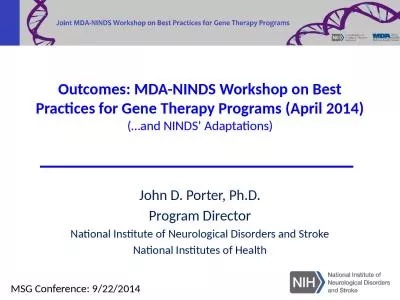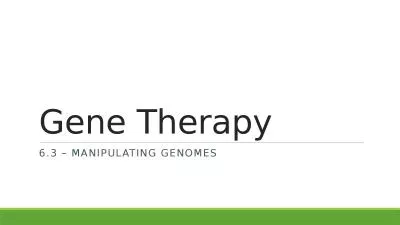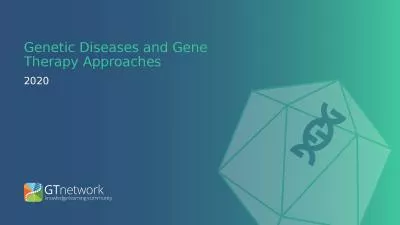PDF-Human Gene Therapy
Author : violet | Published Date : 2022-10-27
December 1984 NTIS order PB85206076 147Where two principles really do meet which cannot be reconciled with one another theneach man declares the other a fool and
Presentation Embed Code
Download Presentation
Download Presentation The PPT/PDF document "Human Gene Therapy" is the property of its rightful owner. Permission is granted to download and print the materials on this website for personal, non-commercial use only, and to display it on your personal computer provided you do not modify the materials and that you retain all copyright notices contained in the materials. By downloading content from our website, you accept the terms of this agreement.
Human Gene Therapy: Transcript
Download Rules Of Document
"Human Gene Therapy"The content belongs to its owner. You may download and print it for personal use, without modification, and keep all copyright notices. By downloading, you agree to these terms.
Related Documents

